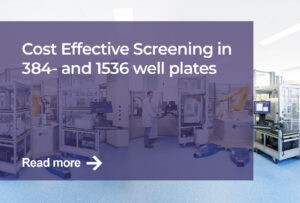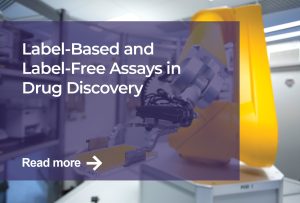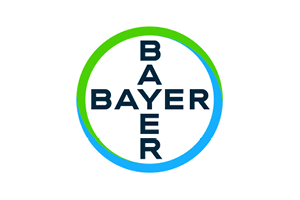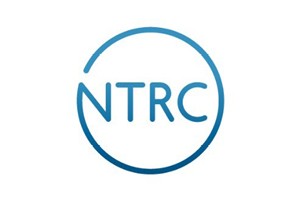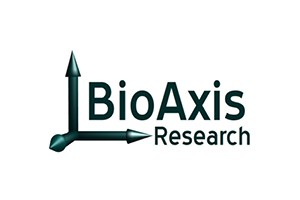Sometime ago I was inspired by a publication from Simon et al. (SLAS Discovery, 2020)* about possibilities to develop a biophysical assay analysed by mass spectrometry (MS) for high throughput screening (HTS), called affinity-based selection by MS (AS-MS). So far I was involved in MS-related projects at Pivot Park Screening Centre (PPSC) focusing on biochemical assays, where we measure the mass of the product as a result of an enzymatic reaction (read my previous blog here). I am currently writing a whitepaper about a fully automated MS-based uHTS screen of > 24K compounds, soon to be published on our website.
In case of biophysical assays, various techniques exist that detect the direct binding of a ligand to a target irrespective of their binding site, like Isothermal Titration Calorimetry (ITC), Microscale Thermophoresis (MST), Surface Plasmon Resonance (SPR), and Thermal Shift Assay (TSA). I have summarized the principles in the table below and noticed that most of these assays are based on the heating or unfolding of targets that might lead to inappropriate conclusions. Besides, these assays are often labour intensive and limit analysis of large libraries or smaller subsets derived from active confirmation experiments. Based on my experience in the screening field, the development of MS-based biophysical assays is of high importance to measure target binding in HTS setting and I am very enthusiastic that we have started with the development of biophysical assays at PPSC.
Technique | Principle | Throughput | Label |
ITC | Binding of ligand to target results in heat release or absorbance | Low | – |
MST | Binding of ligand to labelled target results in a temperature-induced change in fluorescence | Medium | Fluorescent labelling of target |
SPR | Binding of ligand to immobilized target results in change in refractive index of the surface plasmon resonance | Medium | – |
TSA | Binding of ligand to target results in shift in melting temperature | High | – |
AS-MS | Binding of analyte to target is separated based on size from unbound analyte followed by analysis of the presence of the ligand by mass spectrometry | High | – |
How does affinity-based selection by mass spectrometry (AS-MS) actually work (Figure 1)? First, ligand-target complexes are separated from any unbound compounds by in-plate size exclusion chromatography. Subsequent release of the ligand from the target is established via denaturing conditions and the ligands are then identified by MS. This method in HTS setting was demonstrated by Simon et al. (SLAS Discovery, 2020)* with a pacing time of > 23K compounds within one day. As reference we typically run biochemical MS screens of > 100K compounds per day. Although I acknowledge that the throughput of AS-MS in 384-format is around five to six times lower compared to screens in 1536-well format, this biophysical method is less than ~ 5 seconds per sample and thereby much faster than other label-free biophysical measurements (minutes to hours per sample). Like with any other technique used in drug discovery, there are pro’s and con’s, that we will review during the project. Hopefully, I can highlight and discuss them soon in one of my next blogs.


